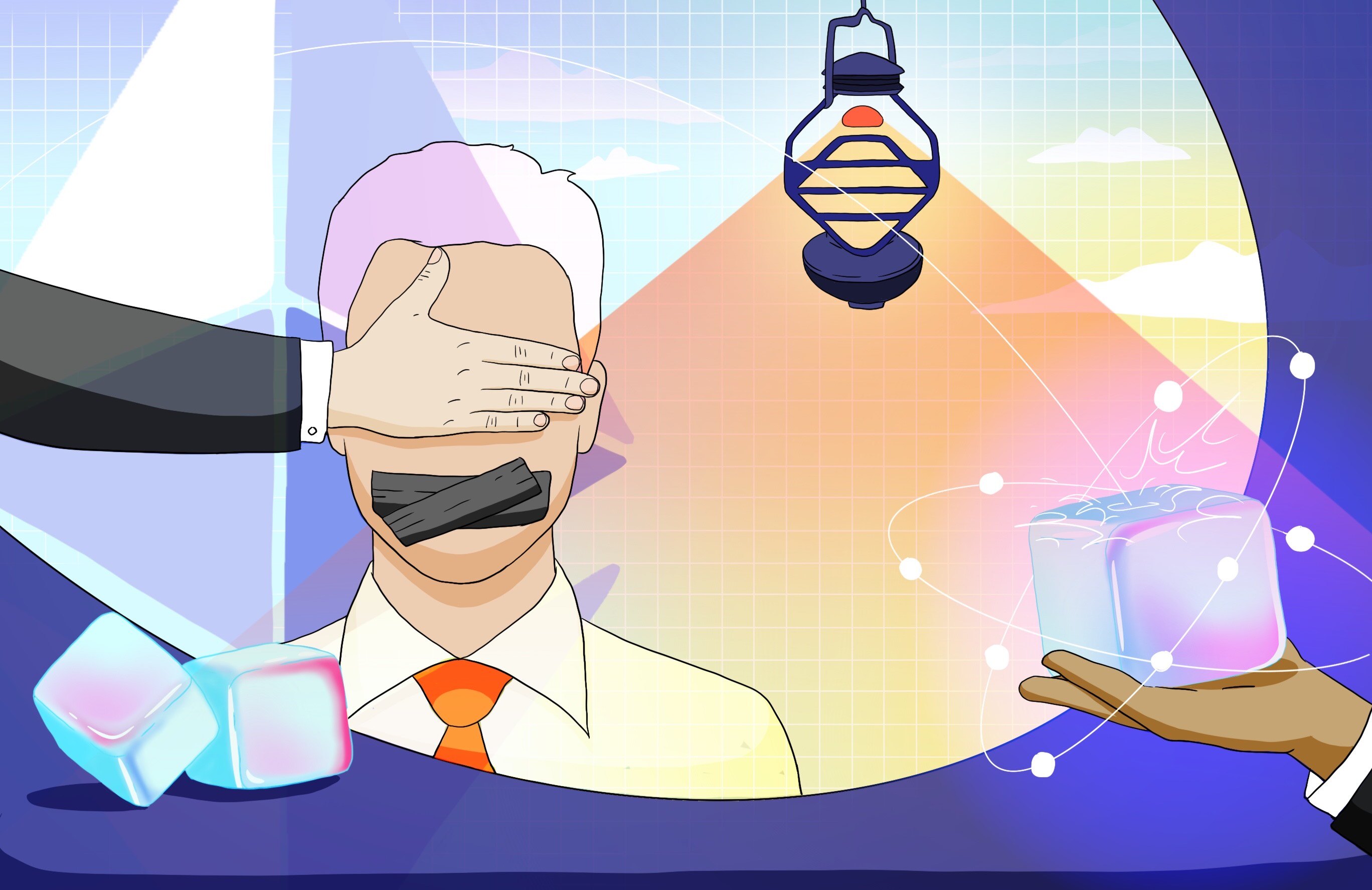This year, the Pier Two team had the opportunity to attend a variety of events at Devconnect which took place in Istanbul. We are excited to share our experience as well as the next steps for our light client project, Lantern. Devconnect was a week-long gathering organised by the community, featuring a series of events spread out across various locations in Istanbul. The daily agenda was packed with sessions that provided valuable insights into where the ecosystem is heading and what challenges lie ahead. These were provided through presentations, interactive workshops, and captivating panel discussions.
For the Pier Two team, the highlights of the week were conversations around Ethereum's next steps towards scalability, security, and decentralization. Despite varying projects and objectives, everyone's dedication and contributions were evident. All were driving towards the shared goal of enhancing the Ethereum ecosystem. Among the topics that were discussed, we highly valued the discussions around light clients. Light clients are a critical tool that allows users to interact with Ethereum by providing greater privacy, and censorship resistance.
About Lantern This leads us to describe more about our project, Lantern — a C# implementation of a light client for Ethereum. Throughout the conference, we engaged in high-level technical discussions that validated our approach for the light client’s design. These discussions have paved a pathway for us to move forward in the Lantern project. At one of the Devconnect events, the Pier Two team also had the opportunity to give a presentation about the Discv5 project and how it relates to the development of Lantern. In the presentation, we explained the challenges of running full nodes for Ethereum, why it requires a lightweight solution, and how Lantern plans to fulfill that. In summary, there are two key technologies that enable this — sync committee and Verkle trees. By relying on these two key technologies, we envision a client that is lightweight enough to run on any device and can provide the following peer-to-peer capabilities:
- Broadcasting transactions to the Ethereum network
- Downloading specific portions of state (e.g. account balances and smart contract related data) from the network
- Sending ETH from one address to another
- Interacting with locally stored smart contract state
- Fetch light client data from beacon nodes to verify if data is canonical
These capabilities make the client ideal for wallet-related use cases.
Our Next Steps As a starting point this year, we implemented the Node Discovery (v5) protocol in C#. This protocol will be used for building a client that is able to receive light client data directly from beacon nodes. In the beacon chain, there is a group of 512 validators known as the sync committee. The group is responsible for signing the header of a new block every 12 seconds to agree on its correctness. By only tracking the participation of a subset of validators as opposed to the entire validator set, the beacon chain can be followed on resource constrained devices. The signature created by the sync committee can be used to verify whether data such as account balances or smart contract data is part of the canonical chain.
A key characteristic of this client is its fully peer-to-peer nature. Therefore, as long as the nodes in the beacon chain are operating correctly, the light client data would be available for access. The consensus layer network is being run by multiple client implementations, including Lighthouse, Prysm, Lodestar, Nimbus, and Teku. As of today, only Lodestar and Nimbus have implemented the light client specification, which allows their clients to serve light client data over Libp2p. Lodestar and Nimbus only account for 5% of the consensus layer's share. In the coming months, we expect the availability of light client data to improve as other clients adopt the light client specification.
Conclusion Devconnect was an invaluable experience, and the atmosphere in Istanbul was nothing short of inspiring. We return to our project with a clear direction and a determination to make Lantern an essential tool for the public. Stay tuned for updates as we progress, and we hope to see many of you at the next Ethereum event!




